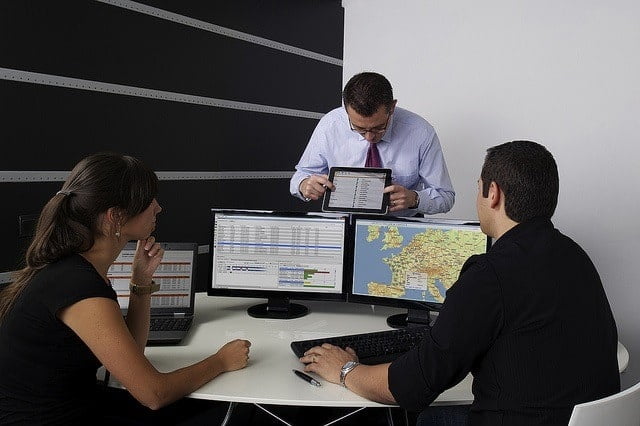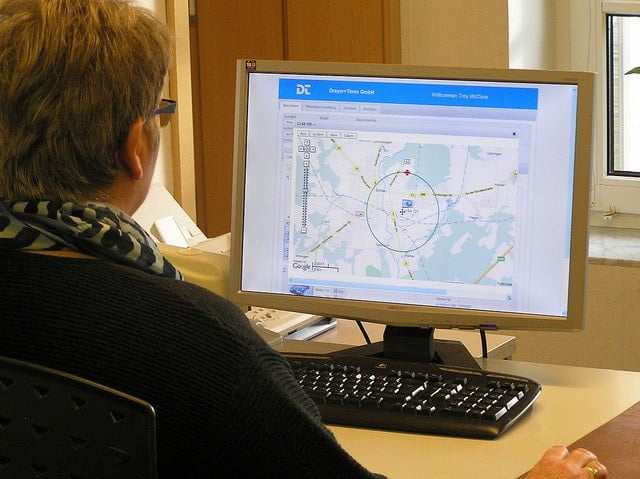When you run a business, you are always looking for new tools and technology to improve what you do. A term that is being used a lot lately that you may have heard is ‘geofencing’ – often used in relation to GPS systems. But what is it and can you use it in your business?
What is geofencing?
Geofencing uses the GPS or Global Positioning System alongside local radio frequency identifiers such as Wi-Fi networks or Bluetooth beacons to create a virtual boundary or fence system across a location. This can then be used alongside software or apps such as Radar in a whole range of different ways.
An early example of geofencing came from the livestock industry. Cattle within the heard were equipped with GPS units and if the herd moved outside a certain geographic location, then the farmer would receive an alert. This not only stopped cattle wandering off too far but helped the farmer find his animals quickly in bad weather.

Growing geofencing network
So, while this is an interesting idea for those in agriculture, how can it help other types of businesses? The answer to this comes from the fact that we have all essentially GPS tagged ourselves – with our smartphones.
Today most of the population in countries such as the US, UK and Canada have a smartphone in their pocket or handbag. And smartphones have both a GPS connection and also a Wi-Fi connection, often a Bluetooth one as well. This means that your phone is constantly reaching out to beacons or nodes as you move around, locating itself in the world.
The idea is that businesses can use this information (which contains no personal data) to learn more about their customers. It has also allowed businesses to offer a host of new services that make use of this technology for their customers.
Examples of geofencing in action
One example of a way businesses can help customers is to improve their productivity. You know that morning chore list you had – drop the kids off at school, get the groceries, pick up the laundry? But you drop off the kids and head to the grocery shop but realize you have driven past the dry cleaners and forgot to stop. Geofencing apps could send you a reminder as you stopped at the school to go to the dry cleaners next because it knows your location.
Social media already uses geofencing in a lot of ways – Snapchat is top of the list for its use. Here they have location-based filters, stickers and shareable content that only work because of geofencing. You can also use it for location-based marketing and even for smart appliances within your home, so your kettle switches on as you come down the stairs. All of this and more is possible with geofencing.

